Same Day Shipping EMI & COD on most products
Trusted Partner Since 1969
GST B2B Billing  Help
Help  00919699976817
00919699976817
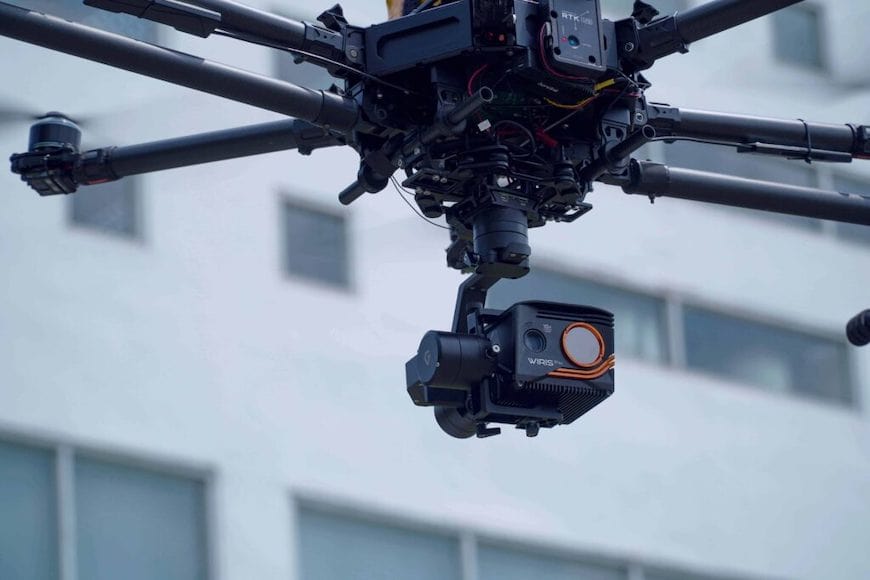
Showing all 14 results

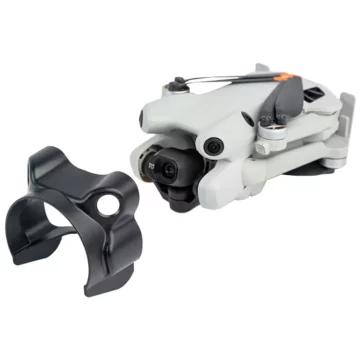
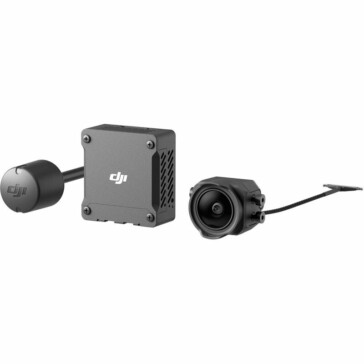
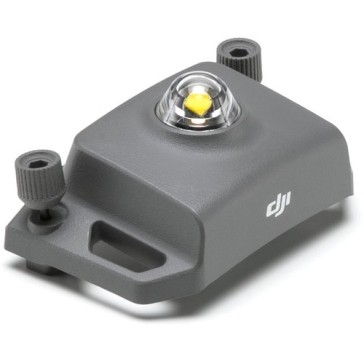
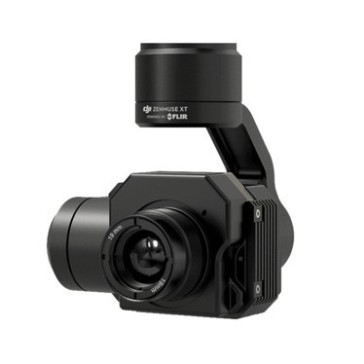
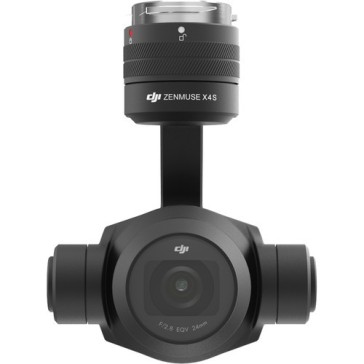
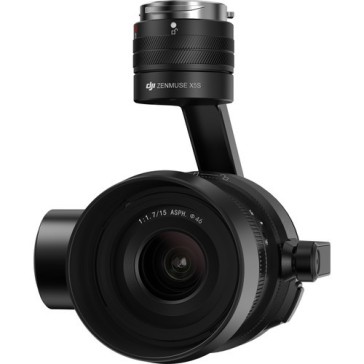
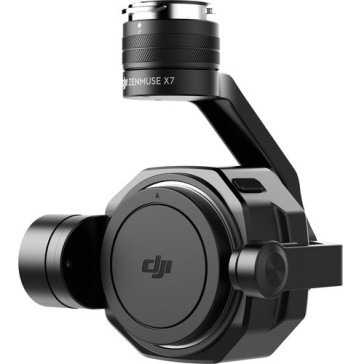
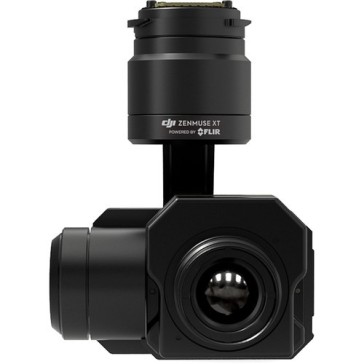
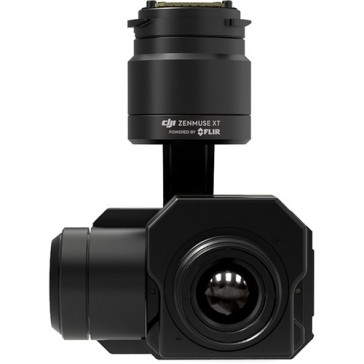
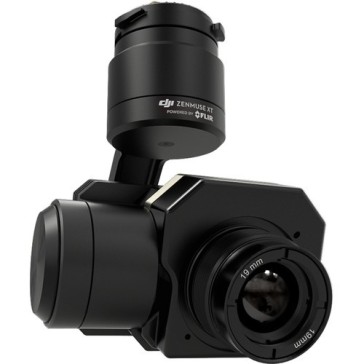
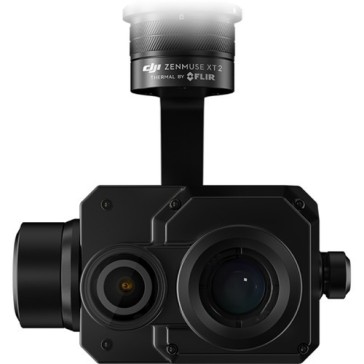
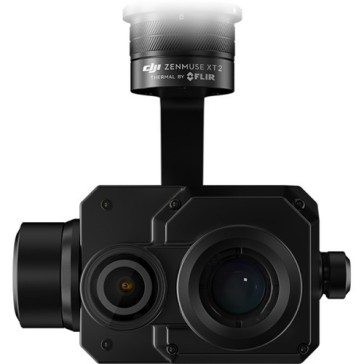
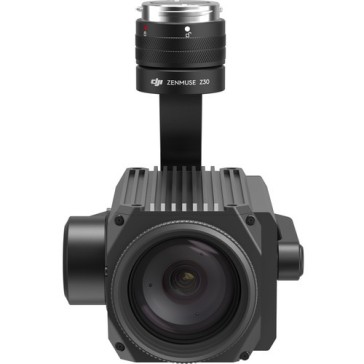
The Evolution and Importance of the Gimbal Camera
In the realm of photography and videography, capturing stabilized and smooth footage is paramount. This is where the Gimbal Camera comes into play. A gimbal is a device designed to allow a camera to rotate smoothly along an axis, ensuring that the footage remains free from shakiness and jitters.
Understanding the Gimbal Camera
A gimbal camera is not just any ordinary camera. It’s equipped with sensors and motors that allow it to counteract motions like up/down (yaw), left/right (pitch), and forwards/backwards (roll). The most common types of stabilization offered by gimbals are the 3-axis and 2-axis. The 3-axis stabilizers are more advanced as they counteract all three motions, ensuring that the footage remains as steady as possible.
Why Use a Gimbal Camera?
Stabilized Footage: The primary reason to use a gimbal camera is to achieve stabilized footage. Whether you’re walking, running, or even in a moving vehicle, a gimbal camera ensures that your shots remain steady.
Versatility: Gimbals are versatile tools. They can be used with DSLRs, mirrorless cameras, and even smartphones.
Professional Results: For filmmakers and videographers, a gimbal camera is a must-have tool. It elevates the quality of the footage, giving it a more professional look.
The Future of Gimbal Cameras
With the rapid advancements in technology, gimbal cameras are becoming more compact and efficient. They are now being integrated with AI algorithms that can predict movements, ensuring even smoother footage. As virtual reality and 360-degree videos become more popular, the demand for high-quality gimbal cameras is set to rise.
A gimbal camera’s primary function is to provide stabilized and smooth footage. It counteracts unwanted movements, ensuring that the video remains steady even when the camera is in motion.
A 3-axis gimbal stabilizes footage in three directions: up/down (yaw), left/right (pitch), and forwards/backwards (roll). In contrast, a 2-axis gimbal only stabilizes in two directions, usually leaving out the roll.
Absolutely! Gimbal cameras are essential tools for professional filmmakers and videographers. They ensure that the footage is of high quality, free from shakiness, and looks professional.
Modern gimbal cameras are integrated with AI algorithms that can predict and counteract movements. This ensures even smoother footage and allows for more advanced shooting techniques.



Most units are shipped same day using professional courier services with tracking.
We work round the clock to ensure you get the highest level of customer satisfaction.
Well packed, Sealed Units are shipped from our warehouse which are waterpoof & sturdy.
Design Info
GST: 27AYUPJ2628P1ZK
No.1, Saremals, Shastri Hall Building,
Nana Chowk, Grant Road West,
Mumbai 400007, Maharashtra, India
New Delhi Branch – South Ex 2, 110049
Also Ships DAILY from Brisbane, Dubai,
Berlin, Barcelona, Detroit & Vancouver.
Connect online / schedule a demo
Call/WhatsApp: +91-9699976817
Email: [email protected]
Live Chat: Business Hours
Follow Us: @designinfo.in
Copyright © 2014-2022 Design Info All Rights Reserved. Feedback on web experience
Since 1969